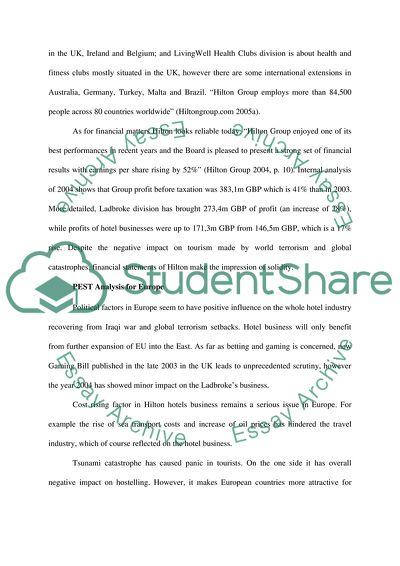Cite this document
(“Marketing Strategies for HILTON in Europe Essay”, n.d.)
Retrieved de https://studentshare.org/marketing/1534922-marketing-strategies-for-hilton-in-europe
Retrieved de https://studentshare.org/marketing/1534922-marketing-strategies-for-hilton-in-europe
(Marketing Strategies for HILTON in Europe Essay)
https://studentshare.org/marketing/1534922-marketing-strategies-for-hilton-in-europe.
https://studentshare.org/marketing/1534922-marketing-strategies-for-hilton-in-europe.
“Marketing Strategies for HILTON in Europe Essay”, n.d. https://studentshare.org/marketing/1534922-marketing-strategies-for-hilton-in-europe.


